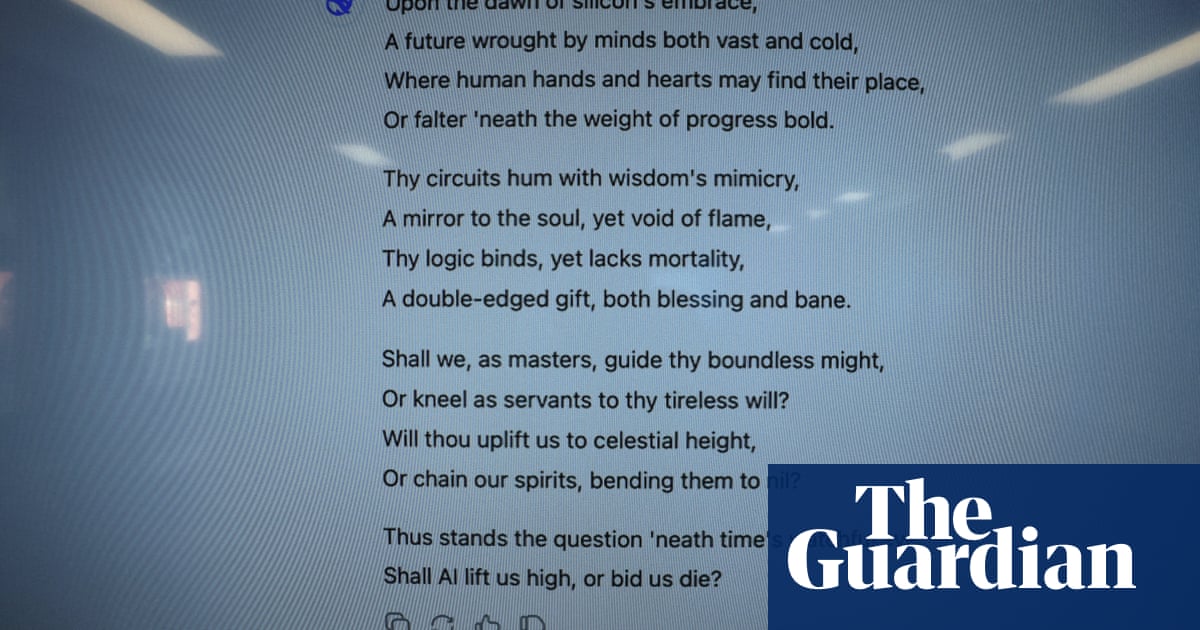Standing underneath some trees in the southwest corner of Tokyo’s Yoyogi Park is a set of monuments marking the first airplane flight in Japan. The main monument consists of a broad stone structure featuring an eagle with outstretched wings. The first men to fly airplanes in Japan are depicted by busts nearby. While these monuments might seem to celebrate a purely joyous event, the monuments actually have dark undertones. Originally, Yoyogi Park was not a grassy leisure area but instead a military training ground, which is the main reason why Japan’s first aircraft flights took place here.
In the early twentieth century, the Japanese military were learning how to use aircraft. Captain Yoshitoshi Tokugawa was sent to France to train there, while Captain Kumazo Hino (who was also known for inventing the Hino-Komuro 1908 pistol) spent time learning to fly in Germany. Both returned to Japan with aircraft that were reassembled and tested at the training grounds in Tokyo on December 19, 1910. Captain Tokugawa took flight first in his French biplane, traveling three kilometers in four minutes and reaching an altitude of 70 meters. Captain Hino then flew his German monoplane a distance of one kilometer in one minute, reaching an altitude of 45 meters.
Captains Tokugawa and Hino would continue to serve in the military, and the training grounds at this site would continue to be used by the Japanese Army right up to the end of World War II in 1945, at which point the United States military occupied the site. Later, when the Olympics were held in Toyko in 1964, this area was used to house the athletes at the event. Following that, the area was converted into the peaceful park that it is today; the First Flight Monument is one of the very few remaining indications that Yoyogi Park once had a much darker past.
Article by:Source:














✉ + 0.75933864 BTC.GET - https://telegra.ph/Get-BTC-right-now-01-22?hs=1b9a83b43aa5ee4a96d966d7a92af313& ✉
02/02/2025 at 2:18 AM
l7adi0